Maybe you can get some relevant insight by just studying the anisotropy of the pattern (even though it probably won't give you all the answers you are looking for).
Tools to detect anisotropy in point patterns include: sector K-function, pair orientation distribution, anisotropic pair correlation function. These are all described in Section 7.9 of Spatial Point Patterns: Methodology and Applications with R (dislaimer: I'm a co-author). Luckily Chapter 7 is one of the free sample chapters, so you can download it here: http://book.spatstat.org/sample-chapters.html.
It does not treat your source location in a special way, so it is not solving the entire problem, but it may serve as inspiration when you consider what to do.
You could make a Poisson model with an intensity that depends on the distance and direction from the source and see if that gives you any insight.
Below are some lightly commented code snippets since I don't have time to elaborate (remember these are just rough ideas -- there may be much better alternatives). Feel free to improve.
Uniform points in a unit disc:
library(spatstat)
set.seed(42)
X <- runifdisc(2000)
plot(X)

W <- Window(X)
Polar coordinates as covariates:
rad <- as.im(function(x,y){sqrt(x^2+y^2)}, W)
ang <- as.im(atan2, W)
plot(solist(rad, ang), main = "")

north <- ang < 45/180*pi & ang > -45/180*pi
east <- ang > 45/180*pi & ang < 135/180*pi
west <- ang < -45/180*pi & ang > -135/180*pi
south <- ang< -135/180*pi | ang > 135/180*pi
plot(solist(north, east, west, south), main = "")

plot(solist(rad*north, rad*east, rad*west, rad*south), main = "")

Fit a simple log-linear model (more complicated relations could be fitted
with ippm():
mod <- ppm(X ~ rad*west + rad*south +rad*east)
mod
#> Nonstationary Poisson process
#>
#> Log intensity: ~rad * west + rad * south + rad * east
#>
#> Fitted trend coefficients:
#> (Intercept) rad westTRUE southTRUE eastTRUE
#> 6.37408999 0.09752045 -0.23197347 0.18205119 0.03103026
#> rad:westTRUE rad:southTRUE rad:eastTRUE
#> 0.32480273 -0.29191172 0.09064405
#>
#> Estimate S.E. CI95.lo CI95.hi Ztest Zval
#> (Intercept) 6.37408999 0.1285505 6.1221355 6.6260444 *** 49.5843075
#> rad 0.09752045 0.1824012 -0.2599794 0.4550203 0.5346480
#> westTRUE -0.23197347 0.1955670 -0.6152777 0.1513307 -1.1861588
#> southTRUE 0.18205119 0.1870798 -0.1846184 0.5487208 0.9731206
#> eastTRUE 0.03103026 0.1868560 -0.3352008 0.3972613 0.1660651
#> rad:westTRUE 0.32480273 0.2724648 -0.2092185 0.8588240 1.1920904
#> rad:southTRUE -0.29191172 0.2664309 -0.8141066 0.2302832 -1.0956377
#> rad:eastTRUE 0.09064405 0.2626135 -0.4240690 0.6053571 0.3451614
plot(predict(mod))

Non-uniform model:
lam <- 2000*exp(-2*rad - rad*north - 3*rad*west)
plot(lam)

set.seed(4242)
X2 <- rpoispp(lam)[W]
plot(X2)

Fit:
mod2 <- ppm(X2 ~ rad*west + rad*south +rad*east)
plot(predict(mod2))
plot(X2, add = TRUE, col = rgb(.9,.9,.9,.5))

Add point in centre and look at Ksector() restricted to that point as the
reference point (not very informative for this example, but might be helpful
in other cases??):
X0 <- ppp(0, 0, window = W)
plot(X2[disc(.1)], main = "Zoom-in of center disc(0.1) of X2")
plot(X0, add = TRUE, col = "red")
dom <- disc(.01)
plot(dom, add = TRUE, border = "blue")

X3 <- superimpose(X2, X0)
The estimated North sector K-function is above West (difference plotted):
Knorth <- Ksector(X3, 45, 135, domain = dom)
Kwest <- Ksector(X3, 135, 225, domain = dom)
plot(eval.fv(Knorth-Kwest), iso~r)

Created on 2018-12-18 by the reprex package (v0.2.1)









